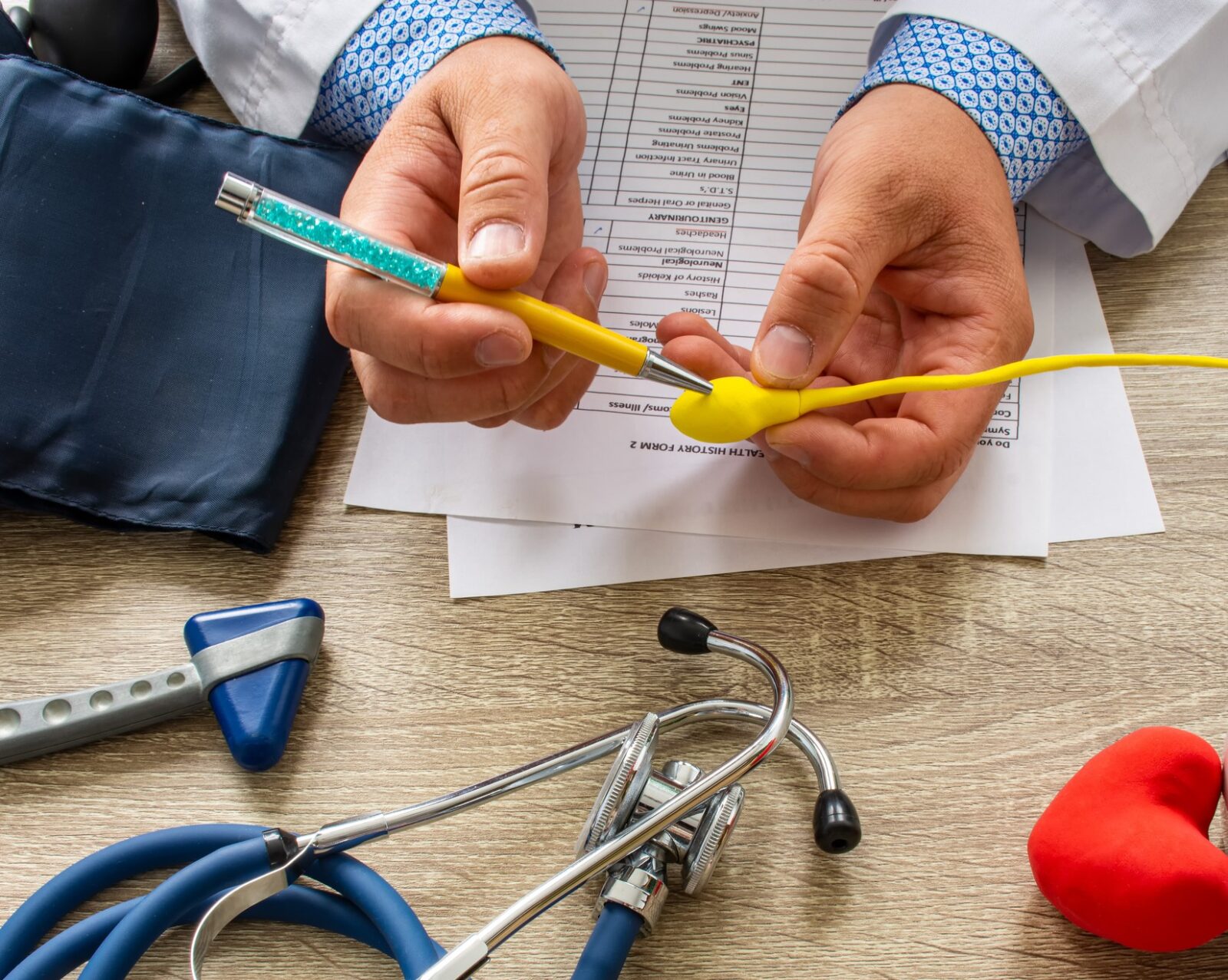So, you’ve decided you’re getting a vasectomy. Vasectomies are a great choice for couples who are done having children, or for men who have decided they don’t want any at all. While you might be really aware and educated about what to expect before a vasectomy, what happens during, and what reversal might look like, you might not be as sure about what to expect after. After a vasectomy, there are some risks you might encounter, and expect a brief recovery.
What is a Vasectomy?

A vasectomy is a sterilization method that has become increasingly popular because of its effectiveness and safety. A vasectomy works by permanently disrupting the flow of sperm from the testicle to the ejaculatory ducts within the prostate gland.
A vasectomy blocks sperm via a restriction in the vas deferens (the tubes that run from your testicals to your prostate) from reaching ejaculated semen. Eventually, the production of sperm within the testicles gradually will slow down over time and will simply be reabsorbed by the body. Making it a great, effective, and the safest form of birth control.
Types of Vasectomies
- Conventional vasectomy – This procedure is performed using a scalpel and one or two incisions are made into the scrotum. There can be an incision made in the middle of the scrotum or two incisions on either side of the scrotum. Incisions are usually around 1.5-3.0 cm long and no specific vasectomy tools are used. The incisions are larger and will need to be closed with sutures. This type of vasectomy is not commonly used any longer as associated complication rates are higher.

Source: topurologistnyc.com
- No-scalpel vasectomy (NSV) – focuses on being a minimally invasive procedure that uses special instruments to make a smaller sized incision in the scrotal skin, the incision site is less than 10mm and no sutures are required to close it. A vas ring clamp and vas dissector are required to perform a no-scalpel vasectomy. Though the name implies no scalpel is used it actually refers to how an opening is made.
- Minimally invasive vasectomy – this technique uses the no-scalpel instruments to perform the procedure. A minimally invasive vasectomy, as is stated, is the least invasive procedure: no scalpel is used, only requires one skin opening, and none of the segments of the vas deferens are removed.
Talk to your urologist to figure out which procedure will be the best for you.
Does getting a vasectomy hurt?

When the vasectomy is performed you should feel little to no pain. Your doctor will work to make you as comfortable as possible. Local anesthesia will be used at the surgery site and takes about 10 to 30 minutes.
You could feel a little discomfort when you get the anesthesia injected or when the vas deferens operated on, but you shouldn’t feel much pain at all. However, if you do have persistent pain you will need to consult your urologist who performed the procedure.
Vasectomy Benefits and Risks
The main and obvious benefit of a vasectomy is its effectiveness in birth control. It’s also a very safe procedure. When it comes to risks, vasectomies are considered a safe and easy operation overall.
Though, sometimes they can lead to complications and risks, such as swelling, bruising, infection, or inflammation. These complications can lead to bleeding in the scrotum, scrotum growth or severe pain. Another risk is post-vasectomy pain syndrome, which is a chronic condition and can also bring on debilitating genital pain that can develop immediately or years after a vasectomy. While it is not common (1 or 2 men out of 100 vasectomies), it is typically treated with pain medication.
Recovery

For a few days after a vasectomy, the patient may feel sore or feel uncomfortable. Doctors often recommend:
- You get one full day of rest
- You get a full week for recovery
- They often recommend you take a few days off for work or schedule your procedure near the end of your work week so you can return with ease on Monday.
- You avoid strenuous activity or any heavy lifting.
- You use scrotal supporters for a few days to aid with the recovery process.
- You refrain from sexual activity for at least two weeks.
- Be on the lookout for signs of infection which may include a high body temperature (more than 100.4 F), blood oozing from the surgery site, redness, or heavy pain or swelling. If there are signs of infection, you should call your doctor immediately.
Because of these limitations, we encourage you to plan your procedure accordingly, during a time in which you can rest and have the best recovery possible. Know that even after a week when sexual activity is now safe for you to participate in, the vasectomy may not yet be effective due to sperm still in the “pipeline” that will need to be cleared out. You should not consider your vasectomy to be effective until your urologist and a semen analysis prove that it is.
When can I have sex after my vasectomy?

You can typically have sex again a few days to a week after your vasectomy though some men wait longer. If you are experiencing pain or discomfort, wait a few more days. Something to keep in mind is the vasectomy will not be effective at preventing pregnancy right away. It will take around 3 months after your vasectomy for your ejaculate to be sperm free. Your urologist will test your semen and inform you when sperm is no longer present and deem you sterile. Until your doctor says there’s no sperm in your semen, you should use condoms or another form of birth control during vaginal sex.
Before Getting a Vasectomy
Before you truly consider getting a vasectomy, you should meet with a board-certified urologist who will be a specialist in the vasectomy procedure and has a lot of experience in any of the procedures you may need, a good example of one is Dr. Howard Tay if you live in the Phoenix Arizona area.

